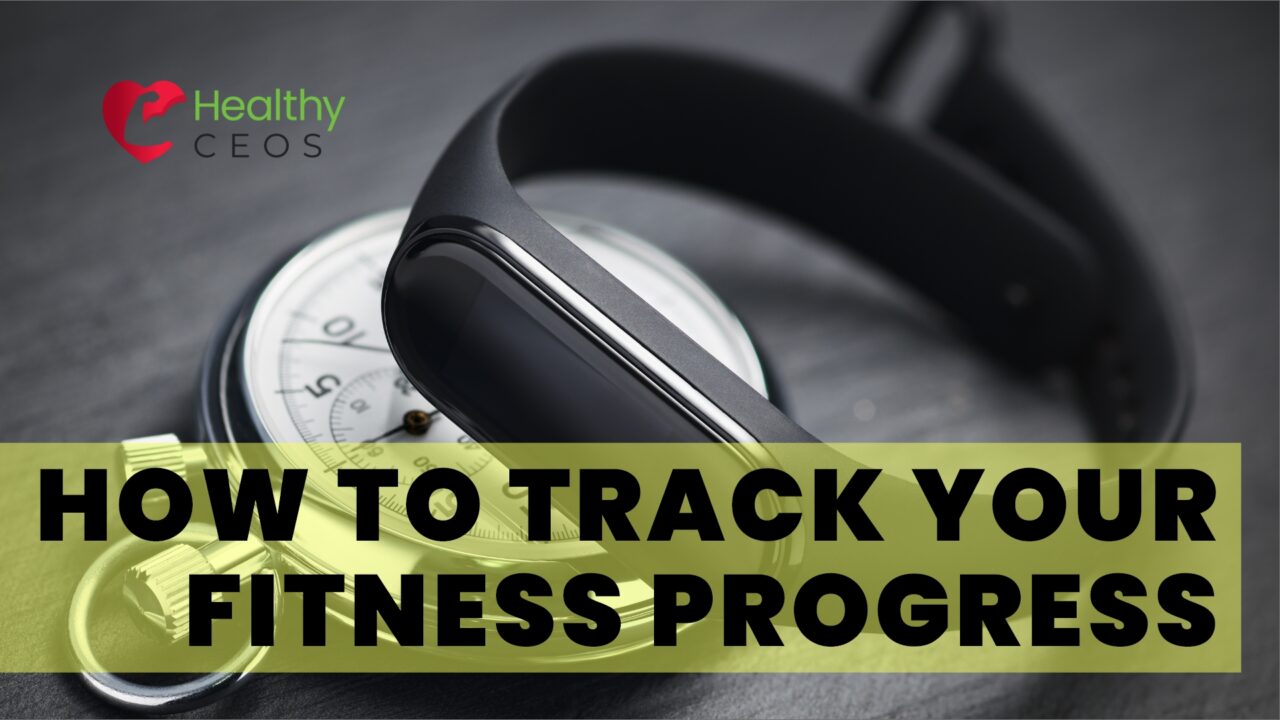Tracking your fitness progress is not only a great way to monitor your achievements, but it also provides valuable insights into your overall health and well-being. Whether you’re just starting your fitness journey or have been at it for a while, keeping track of your progress can help you stay motivated, set realistic goals, and make necessary adjustments to your routine. In this blog post, I’ll explore different methods and tools you can use to effectively track your fitness progress.
1. Set Clear Goals:
Before you start tracking your fitness progress, it’s important to set clear and specific goals. Whether your goal is to lose weight, build muscle, improve endurance, or enhance overall fitness, having a defined target will give you something to work towards. Make sure your goals are realistic, measurable, and time-bound, as this will help you stay focused and motivated throughout your fitness journey.
2. Use Fitness Apps and Wearables:
In today’s digital age, there are numerous fitness apps and wearables available that can help you track your fitness progress more conveniently. These apps and devices can monitor your steps, distance covered, calories burned, heart rate, sleep quality, and even provide personalized workout plans. By syncing these apps or wearing a fitness tracker, you can have a comprehensive view of your daily activity levels and progress.
3. Track Your Metrics:
One reason to track your progress is to maintain motivation. It’s common to feel discouraged when you haven’t reached your goals yet, especially when working on improving fitness. However, keeping a record of your progress can help you see that you are making strides forward, even if they are small. Slow progress is still progress, and recognizing even minor improvements in performance and how you feel can be rewarding.
To begin making changes, start by recording your starting point. Having a baseline allows you to notice improvements and make adjustments to your routine accordingly, helping you achieve your goals more effectively. There are several ways to track your fitness progress:
- Record how you feel: Keeping a journal can help you reflect on your progress. This can be a physical notebook or a digital app that allows you to note your energy levels, mood, quality of sleep, and any exercises that have become easier. Some days may feel sluggish, while others will be filled with energy. Pay attention to how exercise affects your mood and general well-being. Keeping track of your workouts not only helps you see how far you’ve come but also enables you to identify patterns, strengths, and areas for improvement.
- Take progress photos: Transformation photos are a visual way to track changes in your body over time. Take front, back, and side photos, wearing the same clothing and in the same lighting conditions for accurate comparisons. This method helps you see changes in body composition and boosts confidence.
- Measure your body: Tracking measurements such as waist, hips, or other body parts can reveal changes in body composition, even if your weight remains the same. Measurements can also help identify imbalances, strengths, and weaknesses.
- Be guided by clothing fit: Use the fit and feel of your clothes as a guide to measure progress. Choose a favourite pair of jeans and monitor their fit month by month.
- Have a health check: If improving overall health is a goal, schedule a check-up with your doctor to assess progress. Exercise has numerous health benefits, including reducing the risk of chronic disease, maintaining cardiovascular fitness, managing pain, and promoting longevity.
- Track hydration: Proper hydration is crucial for optimal performance during workouts. Record your water intake to ensure you’re consistently meeting your hydration goals.
- Plan and record meals: Meal planning helps make healthy choices accessible. Tracking your food intake for a week or two can identify areas where healthy swaps can be made, fuelling your body with the necessary nutrients to reach your fitness goals.
- Record workouts: Use a workout planner or app to track your workouts, including details such as targeted body parts and duration. Consistency is key, and seeing your progress over time will motivate you to stay on track.
- Monitor VO2 max and resting heart rate: If you have a fitness tracker, noting your resting heart rate can indicate your cardiovascular fitness level. A lower resting heart rate suggests a more efficient heart, which is a result of regular training.
4. Celebrate Milestones:
As you progress towards your fitness goals, make sure to celebrate your milestones along the way. Whether it’s hitting a new personal record, achieving a certain weight or body fat percentage, or completing a challenging workout, acknowledging your achievements boosts motivation and reinforces your commitment to your fitness journey.
5. Adjust Your Routine:
Tracking your fitness progress also means assessing your results and making necessary adjustments to your routine. If you’re not seeing the desired progress, it might be time to tweak your workouts, nutrition, or recovery strategies. Tracking allows you to identify what’s working and what’s not, enabling you to make informed decisions about your fitness plan.
By adopting these tracking methods, you can stay motivated, monitor progress, and make adjustments along your fitness journey. Remember that progress takes time, and each step forward, no matter how small, is an achievement worth celebrating. And by setting clear goals, keeping a workout journal, tracking metrics, using fitness apps and wearables, taking progress photos, celebrating milestones, and adjusting your routine as needed, you’ll be able to effectively track your fitness progress and achieve the results you desire.
Shaun Tucker is the Founder of Healthy CEOs, a revolutionary health movement helping busy people improve their performance through the 5 foundations: Energy, Mindset, Lifestyle, Nutrition & Movement.
The Importance of Tracking Your Fitness Progress

